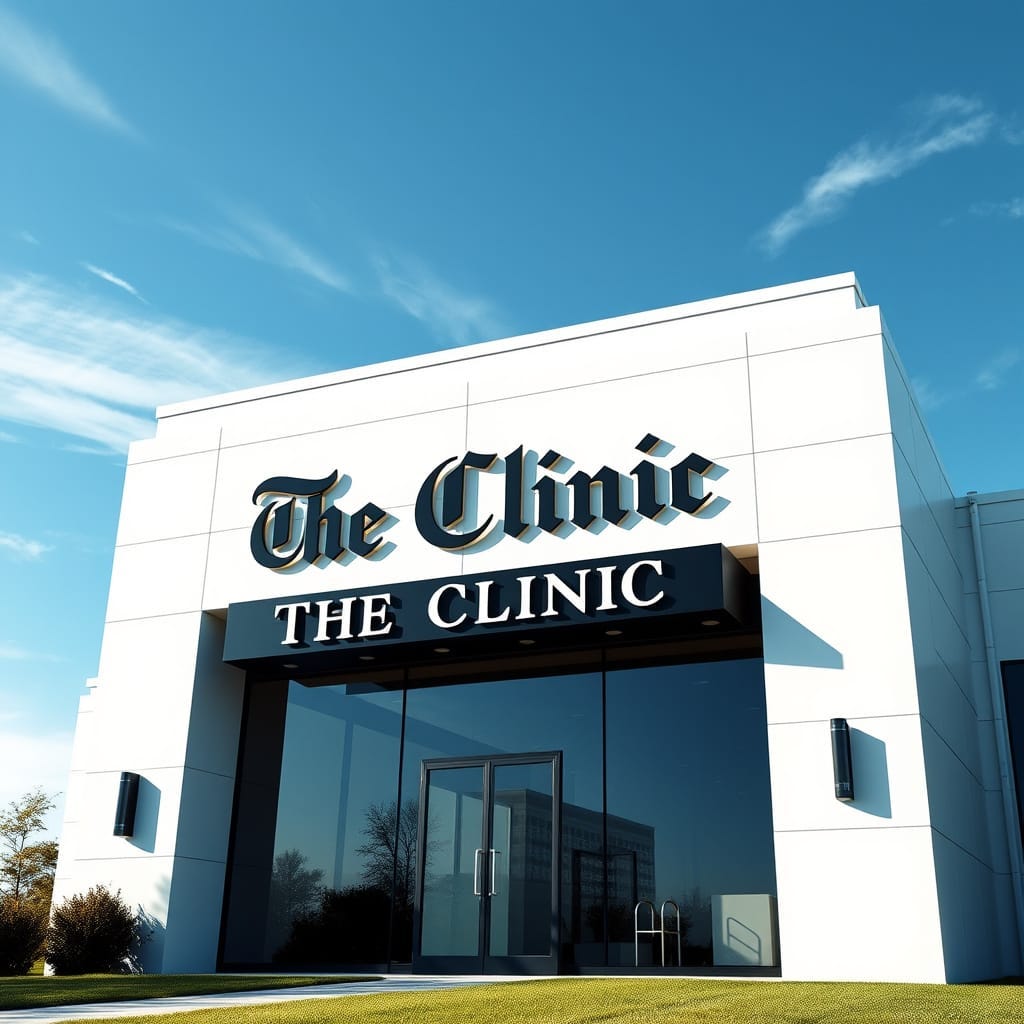Disclaimer
We are not a medical professionals and our reviews are for informational purposes only. We advise readers to consult with their doctors for personalized health advice.
Candidiasis, commonly known as a yeast infection or thrush, is caused by an overgrowth of the Candida fungus, most often Candida albicans, which is naturally present in the body.
Candida is a normal part of the body's microflora found in the mouth, gastrointestinal tract, on the skin, and in the vagina.
When the immune system is weakened or the body's natural flora is disrupted, Candida can multiply uncontrollably, leading to infection.
Candidiasis can be classified as opportunistic infections because they occur more frequently in individuals with compromised immune systems.
Risk Factors
Weakened immune systems are a primary risk factor. Conditions such as diabetes, cancer, HIV/AIDS, and autoimmune disorders can make individuals more susceptible to yeast infections.
Extremes of age, including very young children and the elderly, are at higher risk due to underdeveloped or weakened immune systems.
Medications such as antibiotics, chronic oral steroids, inhaled steroids, hormone replacement therapy, and other immunosuppressants can disrupt the balance of microorganisms in the body and increase the risk of candidiasis.
Other factors that can contribute to yeast infections include obesity, pregnancy, stress, nutrient deficiencies, cancer treatments, lack of sleep, and malnutrition.
Poor hygiene, especially in uncircumcised men, can promote yeast growth. Harsh soaps and not drying off properly can also contribute.
Genetic predisposition may play a role in recurrent cases of thrush.
Changes in hormone levels, such as increased estrogen during pregnancy or from hormone replacement therapy or older birth control pills can increase susceptibility.
Trauma, and skin conditions that lead to broken skin can also increase risk of yeast infections.
Types of Candidiasis
Oral Thrush: This is a yeast infection in the mouth and throat, often characterized by white or yellow patches on the tongue, the roof of the mouth, and the inner cheeks. Symptoms include redness or soreness in the mouth and throat, cracking at the corners of the mouth, and pain when swallowing.
Esophageal Candidiasis: This condition involves a yeast infection of the esophagus. It can cause difficulty or pain when swallowing, and epigastric or retrosternal chest pain.
Gastrointestinal Candidiasis: A yeast infection in the gastrointestinal tract, causing fever, chills, nausea, vomiting, and abdominal pain, and sometimes a palpable abdominal mass.
Genital Yeast Infection: This type of infection affects the genital area. In women, it is known as vulvovaginal candidiasis and presents as itching, burning, redness, and a thick, white, cottage cheese-like discharge. In men, it is known as penile candidiasis or balanitis, and it can cause a red, swollen, and painful penis with possible white patches and an itchy rash.
Candida Intertrigo: This is a skin infection that occurs in areas where skin rubs together, such as the groin, armpits, under the breasts, and in abdominal folds. It appears as a moist, reddened area with possible skin breakdown, burning, itching, and discharge.
Candidal Paronychia: A yeast infection around the nails, often due to frequent exposure to wet conditions, causing swelling, tenderness, and possible discoloration of the nail.
Invasive Candidiasis: This occurs when the yeast enters the bloodstream and spreads to other parts of the body such as the kidneys, spleen, bones, muscles, joints, or eyes.
Diagnosis
Diagnosis often involves a review of medical history, and an examination of the affected areas.
Skin scrapings from the affected area may be mounted on a slide for microscopic examination.
A pelvic examination may be necessary to examine the vaginal walls, cervix, and surrounding areas in women.
Potassium hydroxide (KOH) preparation of skin scrapings or smears may be used to identify fungal cells.
Urinalysis and urine cultures can be helpful for diagnosing genital urinary candidiasis.
Endoscopy with or without biopsy may be performed for esophageal candidiasis.
Treatment
Antifungal medications are the primary treatment for candidiasis.
Topical antifungal creams, ointments, and suppositories, such as clotrimazole, miconazole, nystatin, and ketoconazole are often used for skin and genital infections.
Oral antifungals such as fluconazole and itraconazole may be prescribed for more severe infections, oral thrush, or when topical treatments are not effective.
Antifungal suspensions may be used for oral thrush.
Invasive candidiasis may require intravenous antifungals such as amphotericin B.
For skin infections, keeping the area clean and dry is essential. This may include using absorbent powders, barrier creams, and aluminum acetate soaks.
Lifestyle and dietary changes, such as weight management, controlling diabetes, and maintaining a healthy lifestyle, can help to manage the underlying causes of candidiasis.
For recurring infections, it is important to identify and address any underlying risk factors and seek medical help.
Myths and Misconceptions
Thrush is not a sexually transmitted infection (STI) but can be passed between partners during unprotected sex.
Thrush is not caused by poor hygiene but is actually often caused by over-washing.
Thrush is not the same as a urinary tract infection (UTI), which is caused by bacteria.
Thrush does not damage fertility, but pregnant women may be more susceptible to developing it.
Antibiotics do not treat thrush, which is a fungal infection. Antibiotics can actually worsen thrush by killing the good bacteria that help to keep Candida under control.
Additional Tips
Wear loose cotton undergarments and change them when wet or moist.
Use water-based lubricants for sex.
Avoid douching and using deodorants in the genital area.
Consider using a pH-balanced, unperfumed soap when washing.
Dry the body thoroughly after washing.
Avoid hot tubs while infected.
Consider using probiotics after antibiotic use.
If symptoms persist or worsen, consult a healthcare professional for appropriate diagnosis and treatment.
Frequently Asked Questions About Candidiasis (Yeast Infections)
What is candidiasis, and what causes it? Candidiasis is an infection caused by an overgrowth of Candida, a type of fungus or yeast that naturally lives in the human body, usually without causing harm. The most common Candida species to cause infection is Candida albicans. When conditions are favorable, such as a weakened immune system, changes in normal body flora, or a moist environment, Candida can multiply uncontrollably, leading to inflammation and infection. This overgrowth can occur in various parts of the body.
What are the common types of candidiasis? There are several types of candidiasis, including:
Oropharyngeal candidiasis (oral thrush): Infection in the mouth and throat, characterized by white or yellow patches on the tongue, inner cheeks, and roof of the mouth. It may also cause redness, soreness, and pain when swallowing. It can also present as cracks at the corners of the mouth (angular cheilitis).
Esophageal candidiasis: Infection in the esophagus, causing difficulty or pain when swallowing, and potentially epigastric or chest pain.
Gastrointestinal candidiasis: Infection in the gastrointestinal system, leading to symptoms like fever, chills, nausea, vomiting, and abdominal pain.
Candida intertrigo: A skin infection that develops in areas where skin rubs together, such as the groin, armpits, under the breasts, and in abdominal folds. It often appears as a moist, red area with possible skin breakdown and discharge.
Genitourinary candidiasis: Includes vulvovaginal candidiasis (vaginal yeast infection) in women and penile candidiasis (balanitis) in men. Vaginal infections often present with intense itching, burning, and a thick, white discharge. Penile infections may cause redness, swelling, itching, and white patches on the penis.
Candidal peronychia: a yeast infection around the nails, causing inflammation of the nail folds and potentially discoloration and ridges on the nail.
Invasive candidiasis: Occurs when Candida enters the bloodstream and spreads to other organs like the kidneys, spleen, bones, muscles, or eyes.
Who is at higher risk of developing candidiasis? Individuals at higher risk of candidiasis include:
Those with compromised immune systems (due to HIV/AIDS, cancer, diabetes, or certain medications).
The very young (infants) and elderly (due to less developed or weakened immune systems).
People taking long-term antibiotics, inhaled or oral corticosteroids.
Those with malnutrition or certain nutrient deficiencies.
Pregnant women due to hormonal changes.
Individuals with poor hygiene or those who douche.
People with skin conditions such as eczema, psoriasis, or contact dermatitis.
Is thrush a sexually transmitted infection (STI)? Thrush, particularly vaginal thrush, is not classified as an STI. While it can sometimes be passed between partners during sexual contact, it is not primarily caused by sexual activity. However, it is advisable to use condoms, treat both partners, and avoid unprotected sex during an active infection, especially for recurrent infections.
What are the typical symptoms of a vaginal yeast infection? The most common symptoms include: intense itching and burning in the vagina and vulva, a thick, white discharge that resembles cottage cheese, and discomfort during sex and urination. Redness and swelling can also be present. Symptoms may worsen before menstruation or after sex.
How is candidiasis diagnosed? Diagnosis typically involves a review of medical history and symptoms. A skin scraping, smear, or vaginal discharge sample may be taken and examined under a microscope using a potassium hydroxide (KOH) prep to identify fungal cells. For esophageal candidiasis, endoscopy with or without biopsy may be required. Urine analysis or culture can be used to help diagnose genitourinary candidiasis.
What are the common treatments for candidiasis? Treatment options depend on the type and severity of the infection and can include:
Topical antifungals: Creams, ointments, or suppositories containing medications like clotrimazole, miconazole, or nystatin, applied directly to the affected area. These are commonly used for vaginal or skin infections.
Oral antifungals: Medications such as fluconazole, itraconazole, or nystatin (swish and swallow) taken by mouth, which can be used for more severe or widespread infections, or when topical medications are not effective.
Systemic antifungals: Medications such as amphotericin B or caspofungin, which are usually given intravenously for severe or invasive infections.
What lifestyle adjustments and preventative measures can help with candidiasis? To help manage and prevent candidiasis, consider these lifestyle adjustments:
Wear loose, breathable cotton underwear.
Change wet or moist undergarments regularly.
Avoid over washing. Use water or ph-balanced, mild, unperfumed soaps for cleaning the genital area.
Dry yourself thoroughly after showering or swimming.
Avoid douches and genital deodorants.
Maintain a balanced diet and manage weight if overweight.
If diabetic, manage your blood sugar levels.
If using inhaled steroids, rinse your mouth after using.
Use water-based lubricants during sex.
If using antibiotics, take probiotics.
Keep skin folds clean and dry.
If suffering from recurrent thrush, consider getting tested for diabetes or other immune-compromising conditions, and look into potential hormonal factors.
Avoid wearing tight-fitting undergarments.
If you use dentures, make sure they are well-fitted and cleaned regularly.
If you smoke, quit.
Do not self-medicate with over-the-counter medications before consulting a healthcare professional.
Be aware that some antifungal creams can damage condoms and diaphragms.














Share this post